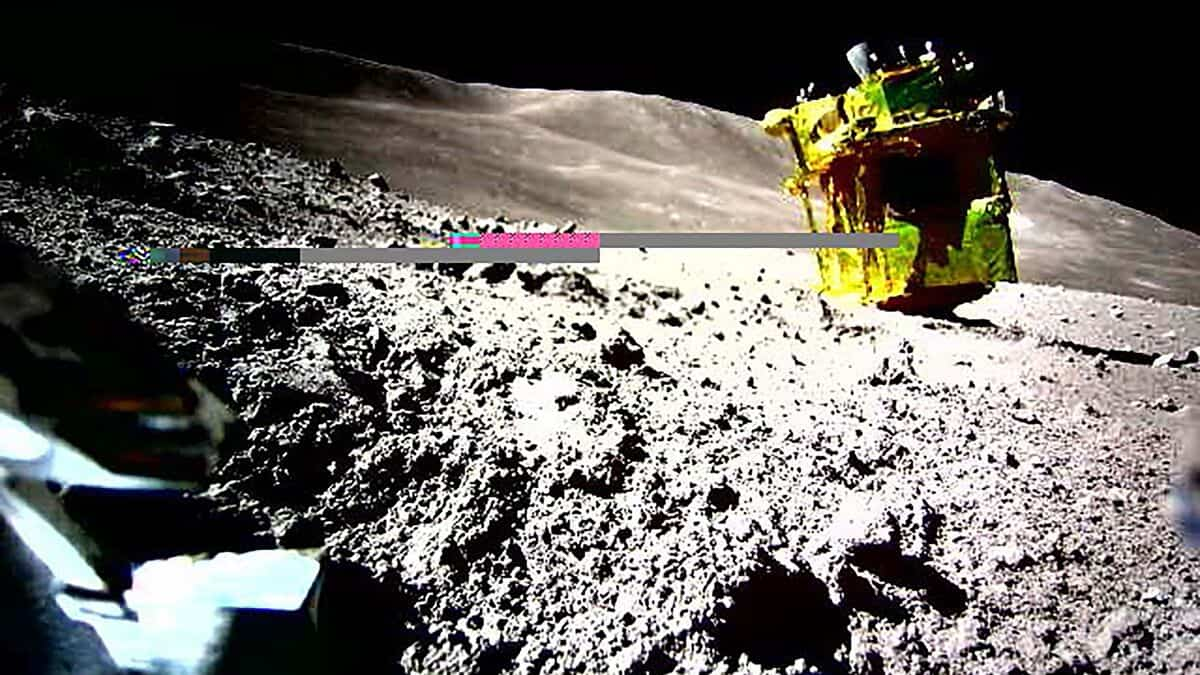
Japan's space agency JAXA announced on Saturday that Japan's SLIM probe, which has been stationed on the moon since the end of January, has returned to sleep mode pending further activation during the month.
“SLIM was put back into sleep mode after sunset at 3:00 AM on March 1” or 6:00 PM GMT on February 29, Jaxa reported on X.
The probe was able to be reactivated on February 26 after surviving for two weeks in the lunar night, despite the fact that it landed at an angle, which prevented its photovoltaic cells from replenishing sunlight.
“Despite the increased risk of failure due to large temperature changes, we will try to reactivate SLIM again when the light returns” in March, the agency added on Saturday.
The SLIM (Smart Lander for Investigating Moon) module successfully landed on the surface of the Moon on January 20 at a distance of 55 meters from its initial target, that is, with a very high degree of accuracy, making Japan the fifth country to successfully land on a natural satellite of the Earth after the United States and the Soviet Union. China and India.
But due to a kinematic problem in the last tens of meters of its descent, SLIM landed at an angle, depriving its west-facing photovoltaic cells of sunlight.
Slim fell into a small hole less than 300 meters in diameter, called Shiuli. The machine was able to land its two miniature vehicles naturally, supposedly to analyze rocks coming from the moon's internal structure (the lunar mantle), which is still not well understood.
On Thursday, another probe, Odysseus, operated by the US company Intuitive Machines, landed on the moon, the first of its kind for a private company.
Also deviant, it has also been put into sleep mode, and the promoters also hope they can reactivate it after the lunar night.
Odysseus is the probe that landed in the southernmost part of the moon, an area of special importance to the great powers, because there is water in the form of ice.
NASA eventually wants to send astronauts there, as part of the Artemis missions.





